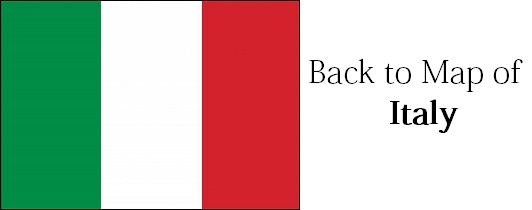The interesting short movie „The Untold Truth Of Banksy“ made by GRUNGE magazine was also shown during the exhibition on a large screen. It’s an interesting documentary about Banksy’s background and speculation about his identity. The 12-minute video is embedded below and Luigi Savoia also took photos during his visit.
The Untold Truth Of Banksy
There have been many great artists that have come and gone since the history of pop culture has first been recorded. One of the most elusive artists of this generation has to be street artist Banksy. Banksy is a pseudonym of the artist and their identity still remains unconfirmed. Since the ’90s Banksy has displayed his satirical street art on streets, walls, and bridges throughout the world. They are known to combine dark humor and the artist’s distinctive stenciling technique. But who is this elusive and provocative artist? What motivates Banksy to create their art, and where do they operate out from?

Banksy’s works and very existence continue to entice,

entertain, provoke, and baffle audiences all over the world.

But who is he? And where did he come from? Here’s a look at the untold truth of Banksy.

Even global art icons have to start somewhere, and Banksy’s „somewhere“ was Bristol, UK.

He started painting walls as part of a gang called the DryBreadZ Crew, and at first,

he was a fairly conventional freehand artist. According to Smithsonian Magazine,

Banksy was known to run in Bristol’s downmarket, working-class Barton Hill district,

though he actually hailed from a wealthier part of town himself. He has said that he

found the area fairly intimidating, especially because his father once got beaten up there.

Banksy’s street artist name was a process of trial and error. He originally experimented with monikers such as Robin Banks, a play on „robbing banks.“

However, he ultimately settled on the decidedly less gangster-like Banksy, because he felt it

packed more of a punch and was also vastly easier to spray on the wall. This focus on

quickness would also eventually be crucial in the development of his signature art style.
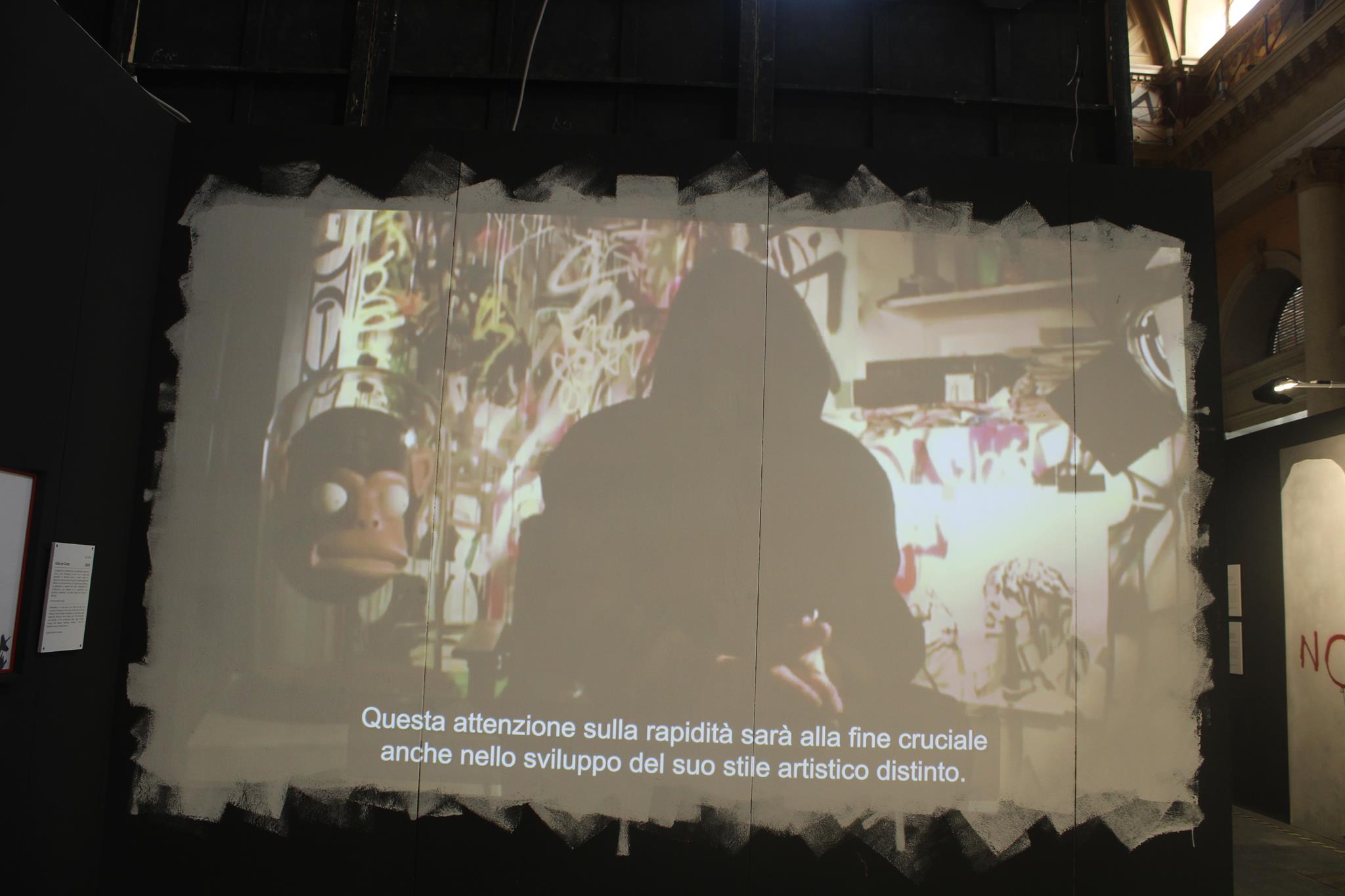
Banksy has worked with installations, elaborate sculptures, film, and even

plain old paint on canvas. However, he’s best known for his stencil graffiti works.

According to Smithsonian Magazine, the artist realized the possibilities of stencil technique when he was 18 years old and relied he needed to be faster with

his graffiti to avoid the cops. That’s when he was inspired to use stencils,

which he said also had the bonus of carrying a symbolic message. „All graffiti is low-level dissent, but stencils have an extra history. They’ve been used to start revolutions and to stop wars.“

Of course, there are other versions of the story too, with the BBC noting that Banky’s stencil works are strongly influenced by a French artist called Blek the Rat, who has been doing stencil graffiti for decades.

So maybe Banky’s work isn’t quite as innovative as you might have thought.

According to Smithsonian Magazine, Banksy moved his base of operations to London sometime around 1999.

This was also when he started truly embracing anonymity, reportedly for at least two reasons.

One was his desire to avoid the police, and the other was

his realization that working as a faceless artist would bring an extra layer of mystery to his work.

Whatever the reason, as his street art started popping up in various cities,

the enigmatic Banksy started drawing comparisons to heavyweights of graffiti art such as Keith Haring.

Soon, the „serious“ art circles couldn’t resist him.
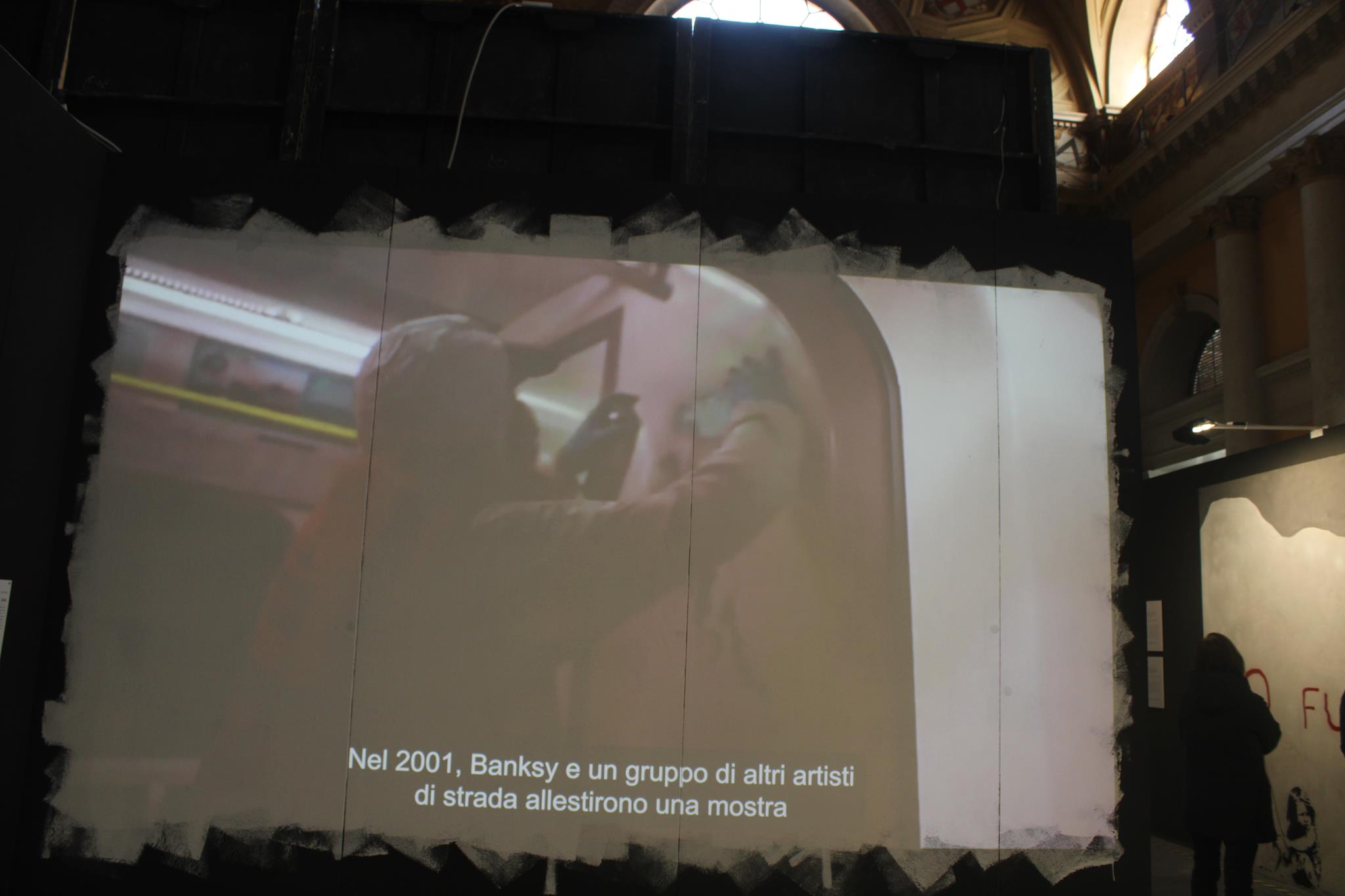
In 2001, Banksy and a group of other street artists set up a successful

guerrilla exhibition in a tunnel in London’s Rivington Street.

Two years later, he mounted his own „Turf War“ expedition in a repurposed warehouse in Hackney. It was a massive success,

and the art circles of the city fell head over heels for his carnivalistic themes,

which included a live cow with an Andy Warhol portrait on its side,

along with a chimpanzee version of Queen Elizabeth II. Just like that, Banksy had taken over.

Banksy has also gained notoriety by smuggling his own artwork into high-profile museums.

According to Smithsonian Magazine, he seems to have started the practice in 2003, when he snuck

an oil painting called „Crimewatch UK Has Ruined the Countryside for All of Us“ into Tate Britain.
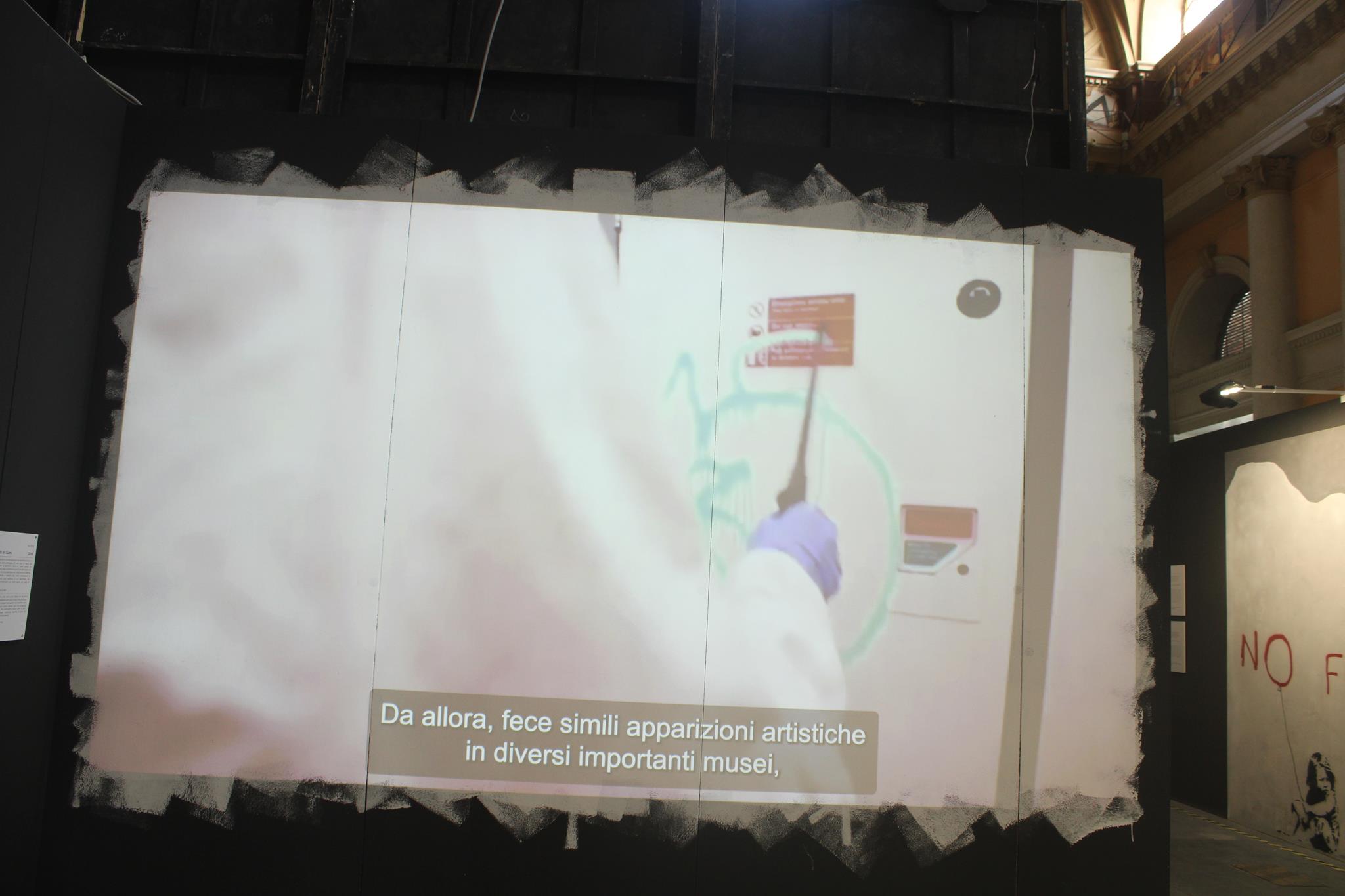
Since then, he has performed similar art-insertion stunts in several major museums,

including the iconic Louvre, The British Museum, and New York’s Metropolitan Museum of Art.

Don’t think for a second that Banksy limits himself to just museums, though.

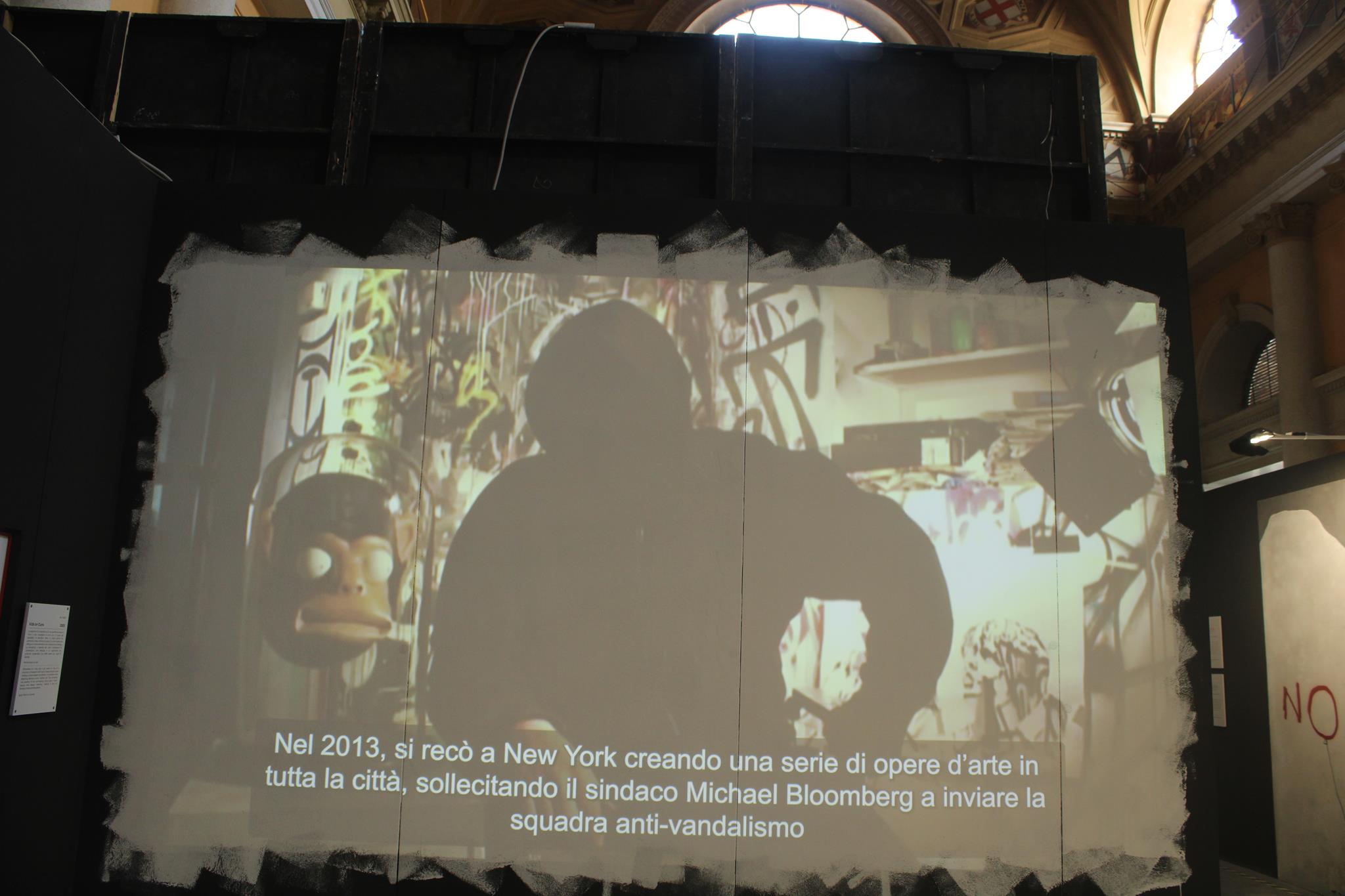
In 2013, he went to New York and created a series of artwork stunts across the city that drew citywide attention from fans and detractors alike — and caused Mayor Michael Bloomberg to send the NYPD’s anti-vandal squad out to capture him.

„You running up to someone’s property, or public property, and defacing it, is not my definition of art.“
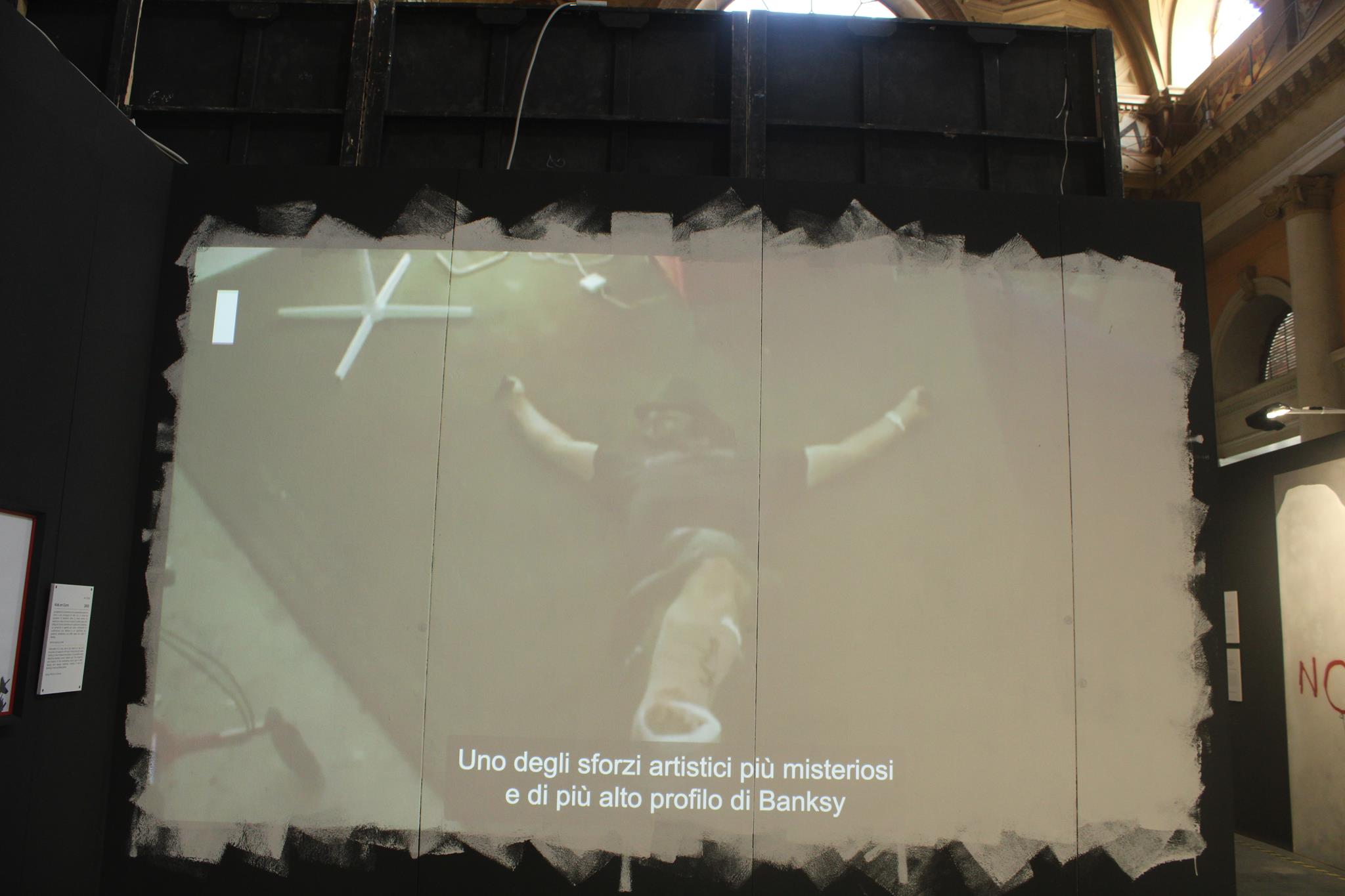
One of Banksy’s most high profile and mysterious artistic endeavors was the 2010

feature documentary Exit Through The Gift Shop, which he both directed and appeared in.

The film tells the story of Thierry „Mr. Brainwash“ Guetta, an amateur filmmaker who became obsessed with

recording the nascent street art movement and some of its best-known names, including Banksy.

Partway through the movie, though, the roles get reversed, as Guetta becomes a successful street artist while his subject Banksy takes over the making of the film – which is now about Guetta. „This guy tried to make a documentary about me but he was actually a lot more interesting than I am, so now the film is kind of about him.“

Seeing as noted prankster Banksy is credited as the director and the film

seems a lot like mocking commentary of the art world, people have suspected that Mr. Brainwash is actually Banksy’s creation, and Guetta is just an actor.


However, both men have insisted that the events of the movie are entirely true.

Besides, The Guardian notes that Guetta has been sued for some copyright issues with his art, which suggests there’s at least some validity to the claim that he’s a separate artistic entity.
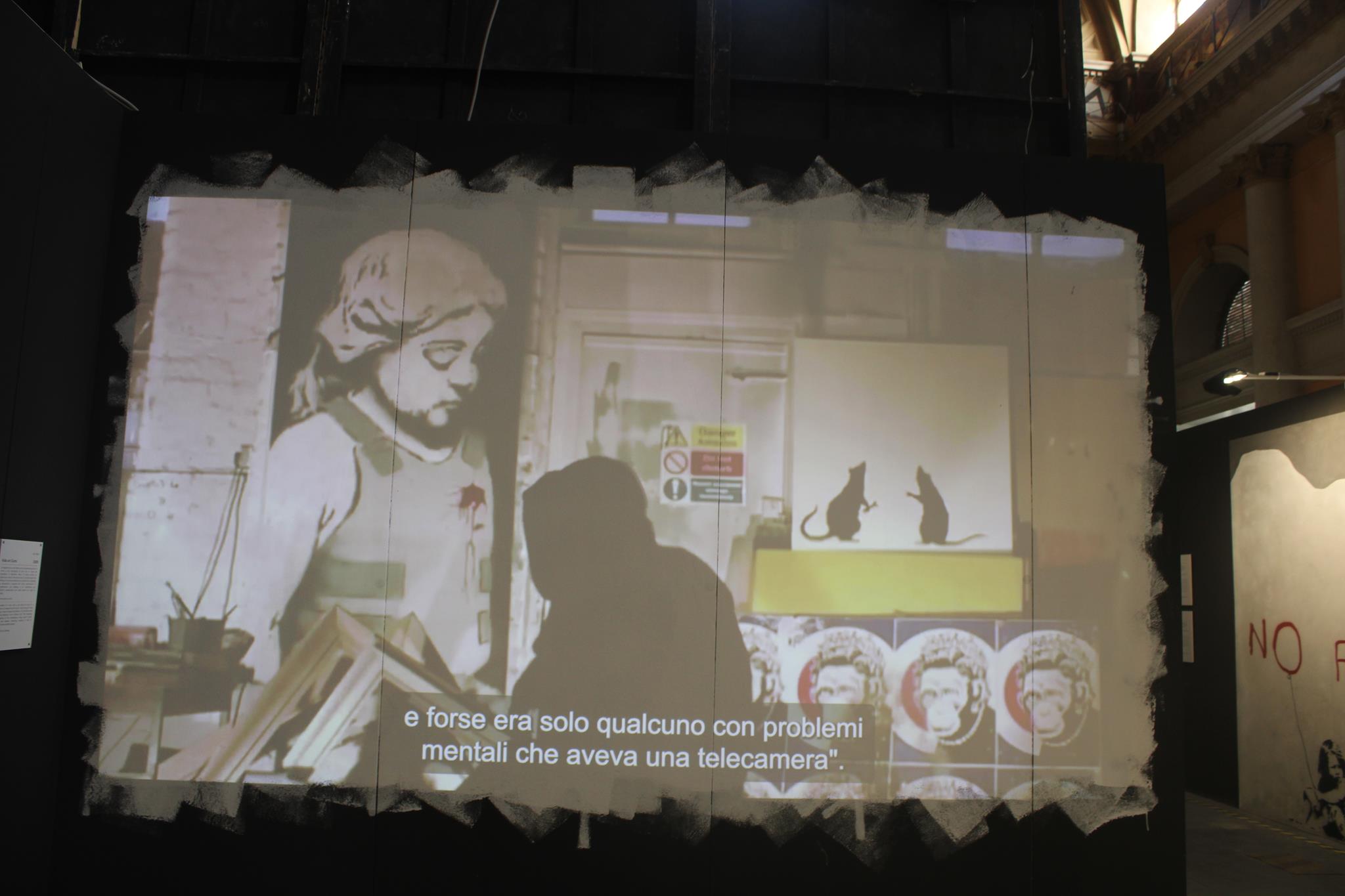
„it was at that point I realized that maybe Thierry wasn’t actually a filmmaker, and he was maybe just someone with mental problems who happened to have a camera.“

Banksy is known for using political themes in his art, and sometimes, he brings his work to

places where it delivers the maximum impact. In 2005 he traveled to the West Bank barrier,

which separates Israel from Palestine. There, he painted no less than nine highly elaborate

pieces on the Palestinian side of the barrier. Apart from artistic merit,

this was pretty impressive because the area is heavily guarded, and the pieces were rather

large. All nine had political overtones, with a connecting theme of searching for paradise.

And according to Essential Magazine, Banksy returned to the scene in 2017,


when he opened the Walled Off Hotel, a very real hotel just by the barrier.
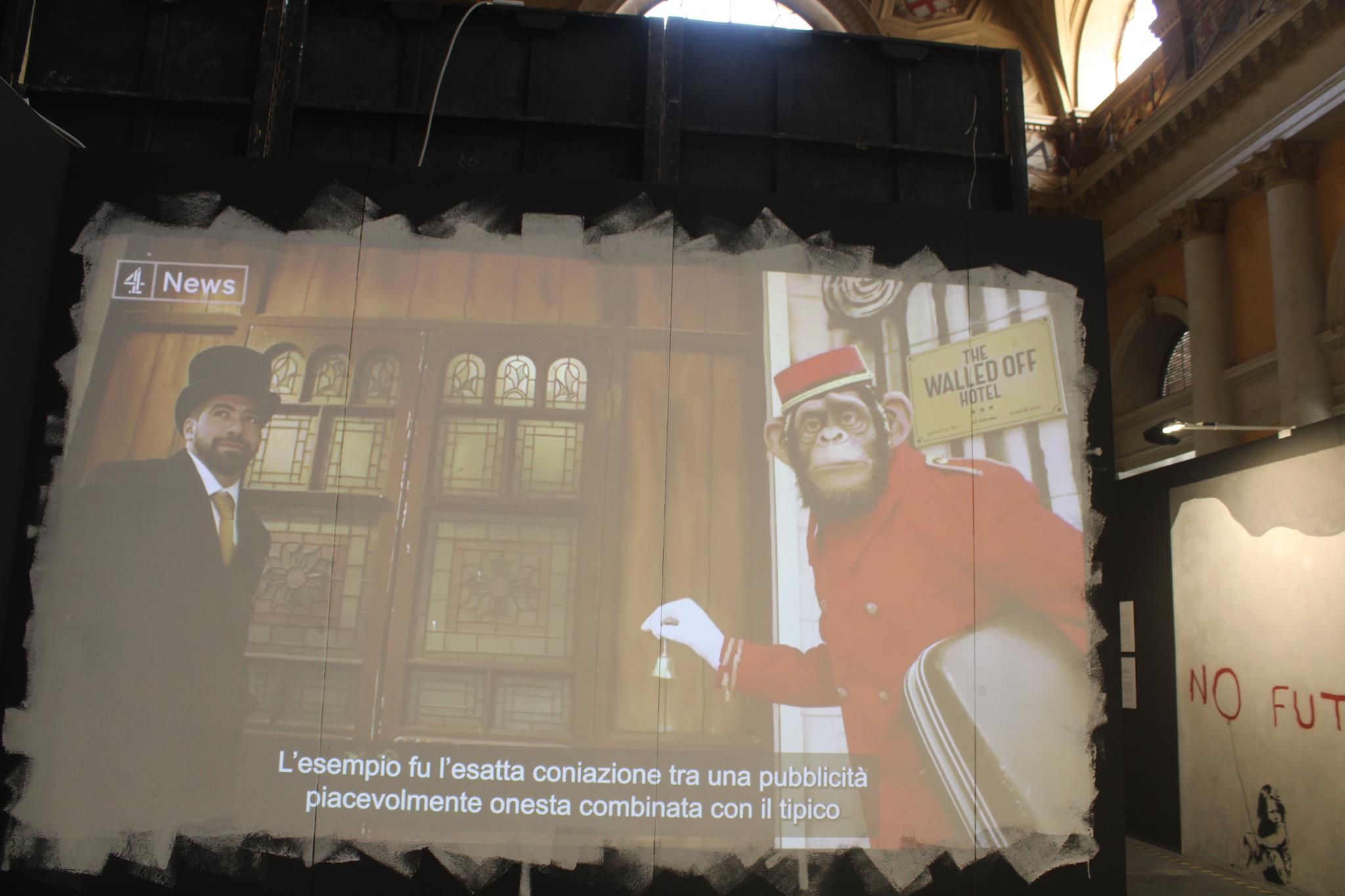
In a example of refreshingly honest advertising combined with typical Banksy dark humor,


the business‘ tagline was: „The worst view in the world.“

The West Bank barrier isn’t the only heavily guarded area Banksy has managed to infiltrate. As the BBC reports, in 2006 the artist somehow managed to smuggle a

life-sized replica of a hooded, orange-clad Guantanamo Bay prisoner into Disneyland
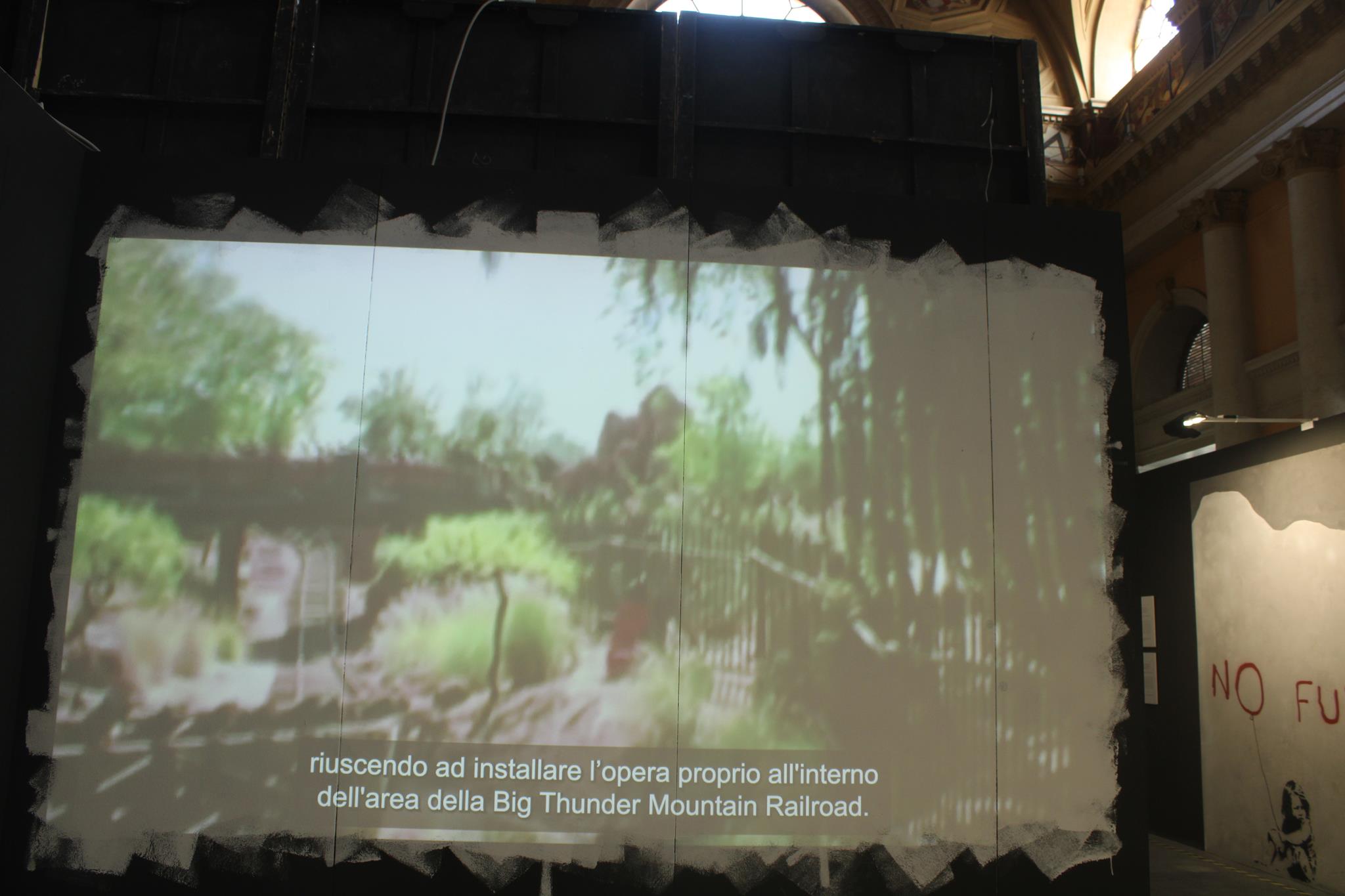
and managed to set it up inside the Big Thunder Mountain Railroad ride area.

The figure reportedly remained there for 90 minutes before it was removed.

Speaking of Disneyland, perhaps Banksy’s biggest flop was his large-scale 2015 exhibit,

„Dismaland“ — a self-described „bemusement park.“

„Welcome to Dismaland.“
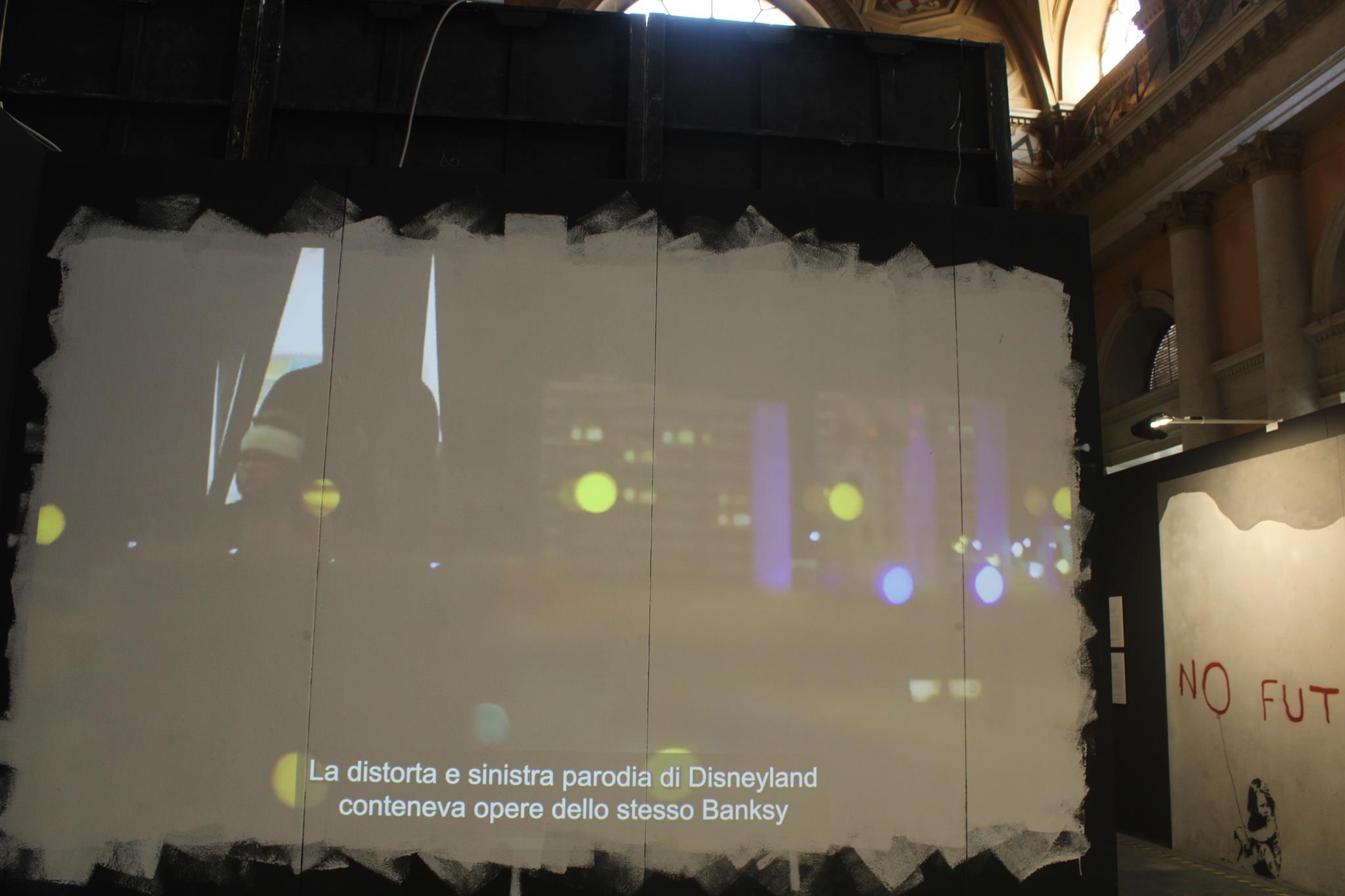
The twisted, sinister Disneyland parody contained works by Banksy

himself and a group of famous artists, including major names like Damien Hirst.

From its ruined, rotting fairytale castles and police van fountains to the long lines,

elaborate security, and perma-grimacing personnel, it was custom-designed to be a sarcastic, kitchy

experience. The public certainly seemed to like it, to the point that the ticket website crashed.

However, some critics expressed disdain for the massive exhibition’s easy sarcasm, cheap shots, and ultimately meaningless nature. Mike Nudelman of Business Insider called Dismaland,

qute, „bad and boring.“ The Guardian’s Jonathan Jones described the experience

in a similar fashion, calling it, quote, „thin,“ „threadbare,“ and „quite boring.“ Ouch.

Regardless of what you think about Banksy’s actual art, there’s no denying the fact that his impact

on the art scene has been massive. His global popularity has not only turned his work from

vandal street art to valued „high art,“ but it has also influenced the value of graffiti

street art in general, something journalist Max Foster called „the Banksy effect.“

As such, Banksy’s stunts have been key to the legitimization of street art as a valued art form.

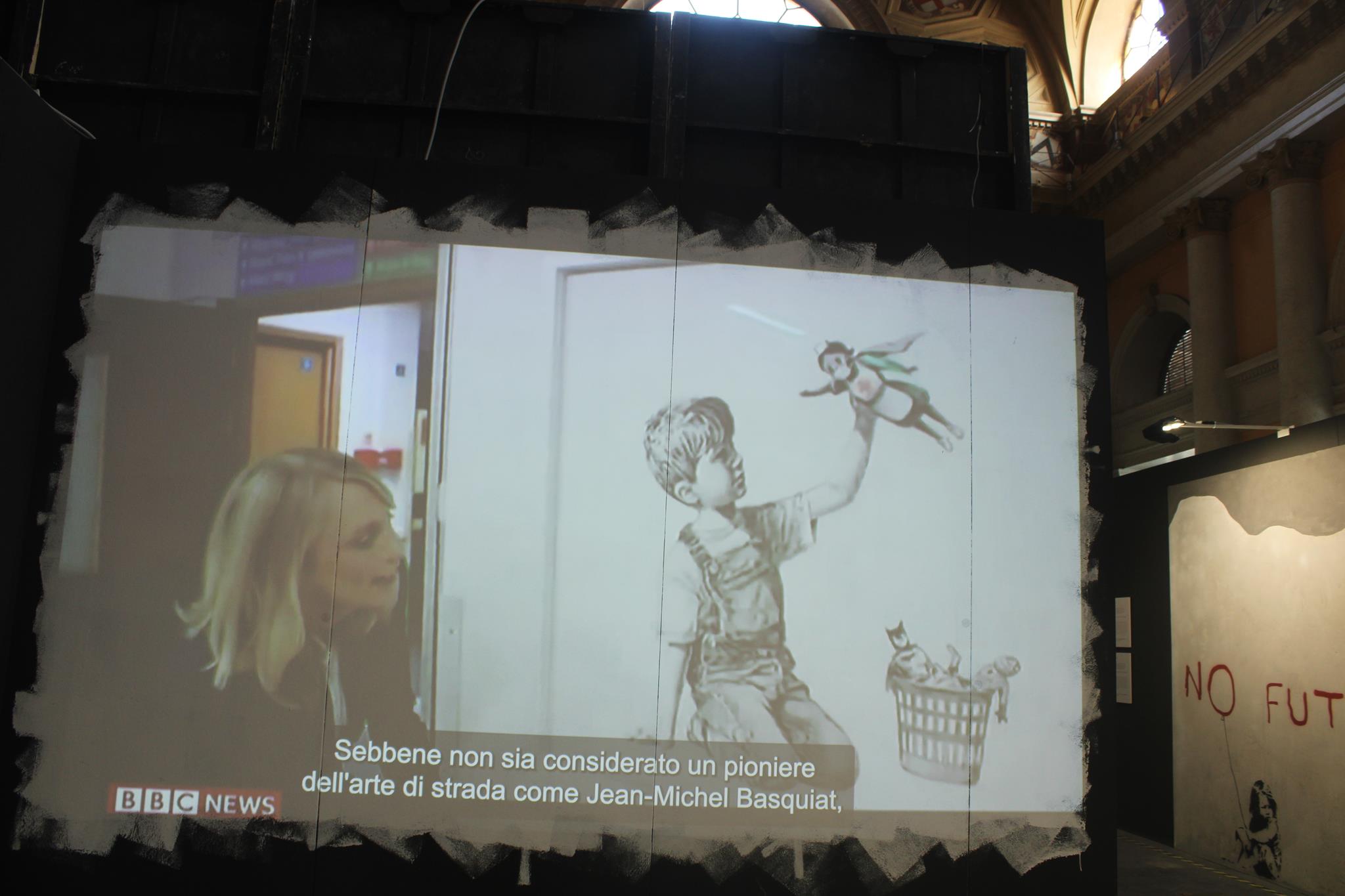
Though he’s not considered a pioneer in street art like Jean-Michel Basquiat,


Banksy’s fame and mainstream popularity has been instrumental in developing the movement and helping it find its market.

The Maddox Gallery even compares the elusive artist to Andy Warhol, because both men have, quote, „redefined what art is to a lot of people.“
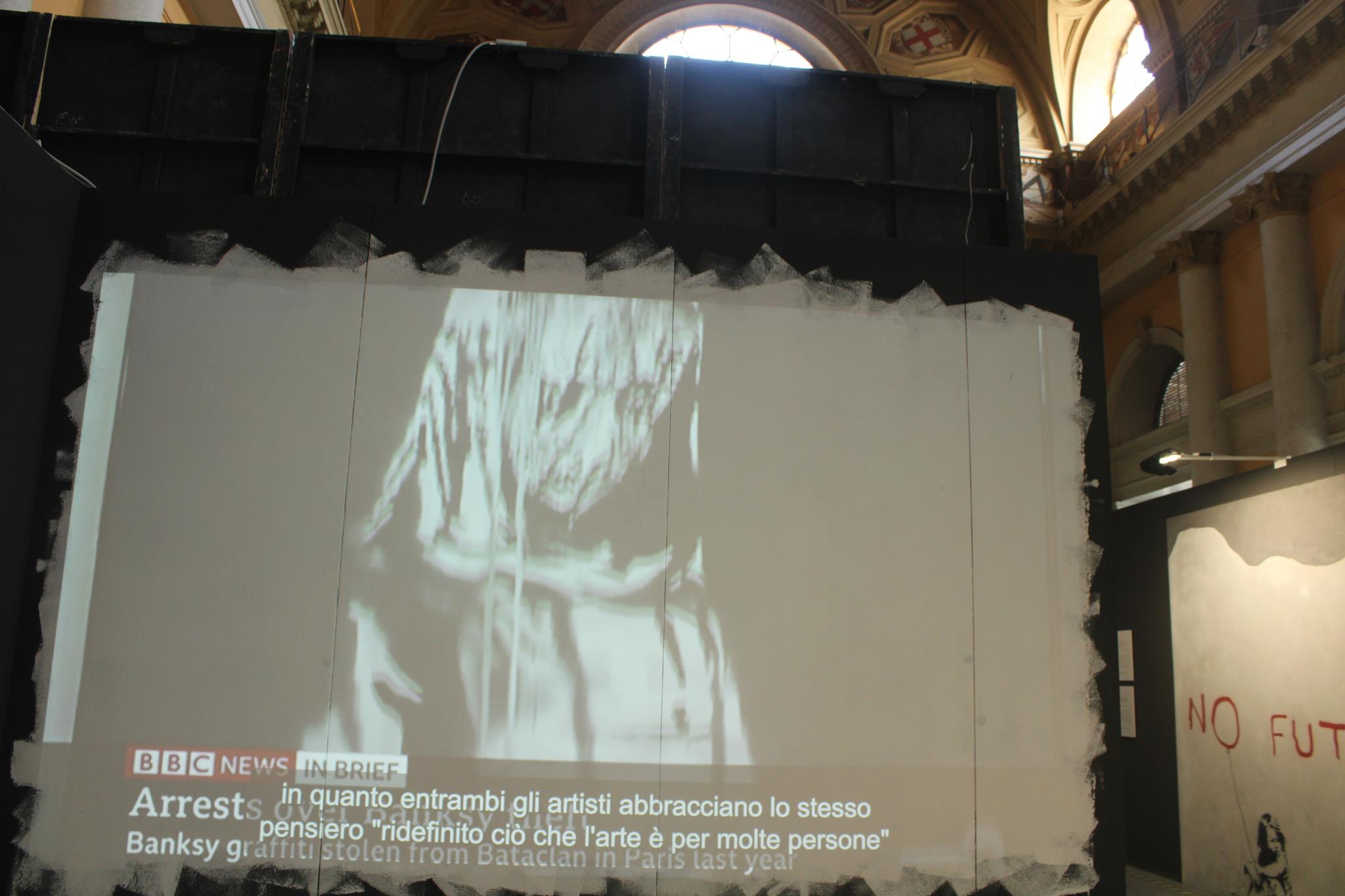

While monetizing art might not seem like the most noble endeavor, it’s actually pretty useful — not

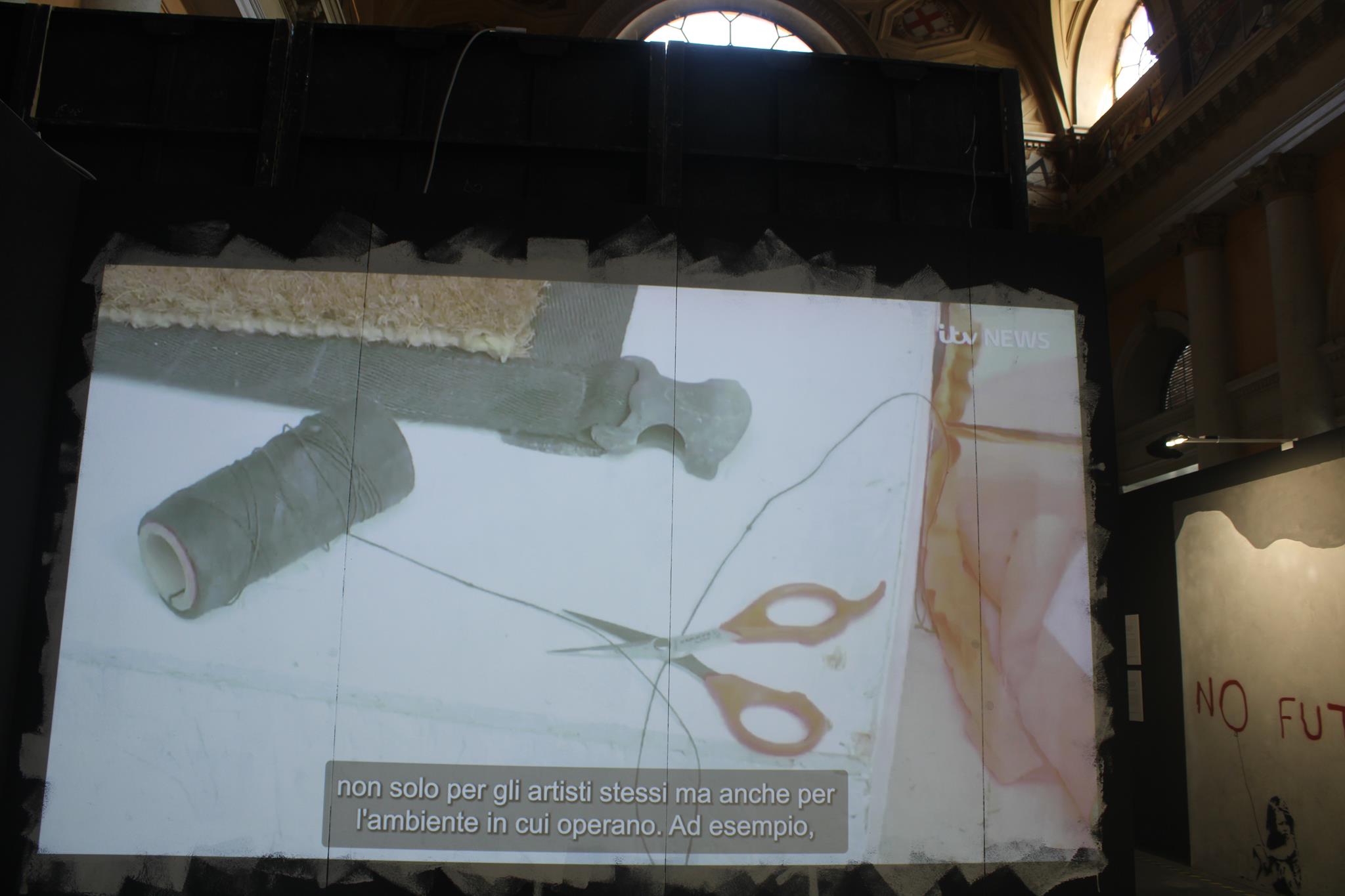
just for the artists themselves but also for the environment they operate in. For instance,

Banksy’s original stomping ground, Bristol, has benefited both culturally and economically

from the fact that it’s full of street art by one of the world’s most famous artists.

Not everyone likes Banksy, and the people who don’t appreciate his art

are often quick to make their opinions known. As such, his work is the subject of periodical


backlashes and bouts of criticism. In 2009, The Telegraph reported that a protest group
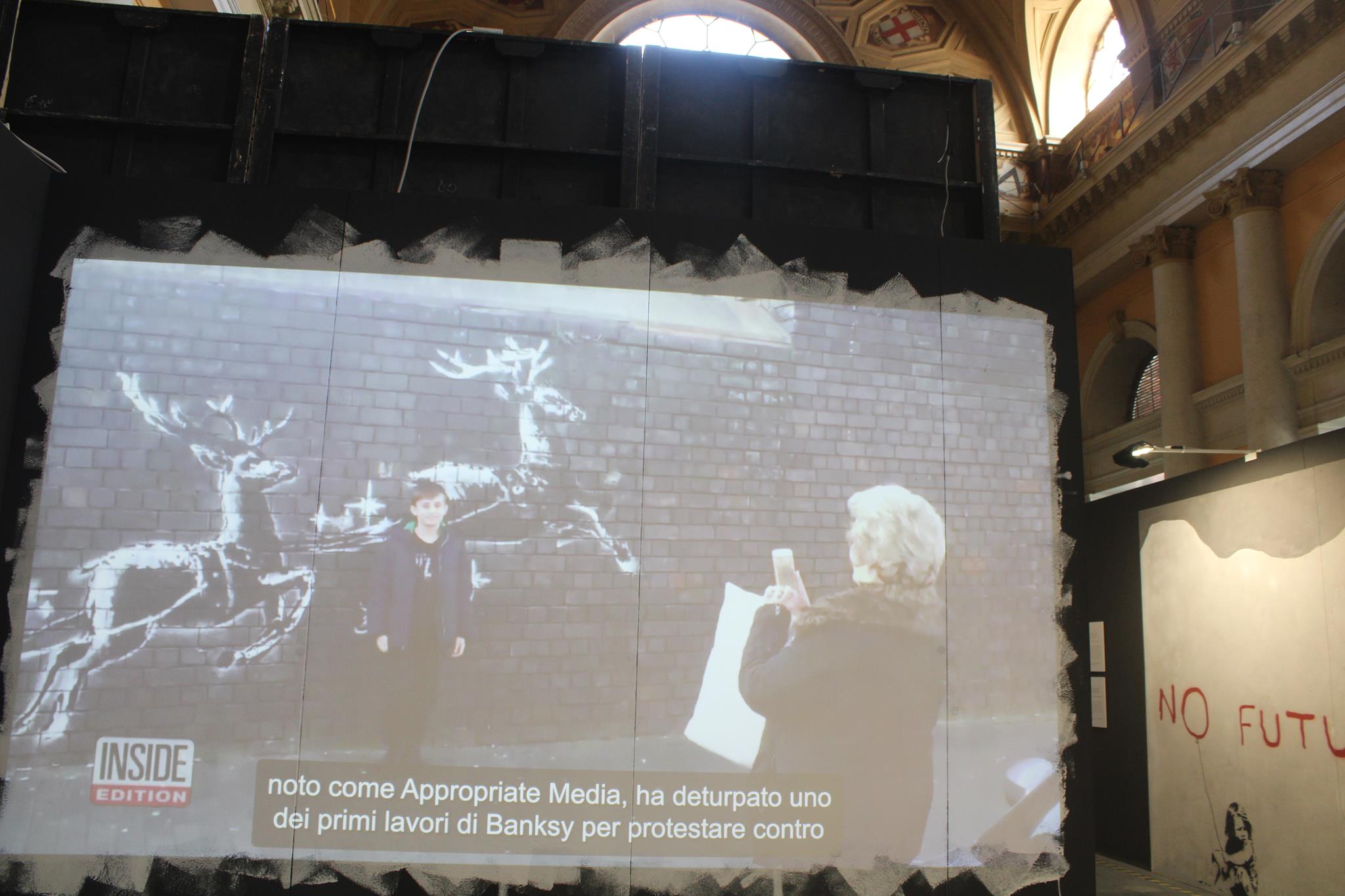
known as Appropriate Media defaced one of Banksy’s earlier works to protest


the fact that the artist was too, quote, „middle class.“ And Banksy’s month-long,

stunt-filled 2013 „residency“ in New York City was a mixed bag, plagued by vandals and detractors.


Some Banksy critics like Alexander Adams of The Critic and Jonathan Jones of The Guardian have

taken issue with the perceived lack of depth in the artist’s work. Adams wrote, quote,

„How did such banality hoodwink so many people?“, while Jones has written that the

overwhelming popularity of Banksy’s famous Girl with Balloon is, quote, „proof of our stupidity.“

Critics also point out the artist’s wealth and fame, which doesn’t seem to mesh too

well with the anti-capitalist themes which are often present in his work.

To be fair, though, it’s hard to see Banksy spending his days sitting on a huge bag of cash

and cackling. He has been pretty generous with his money, having supported various

charities over the years, including funding a boat to rescue refugees in the Mediterranean.

One of Banksy’s most famous escapades came in 2018, when he put a painting based on his

famous Girl with Balloon to auction at the esteemed Sotheby’s auction house in London.

The painting eventually sold for a very respectable $1.4 million, but Banksy had an ace up his sleeve: The second the sale happened, the painting

let out a beeping alarm and went through a shredder cleverly hidden within the frame.

Unsurprisingly, the situation caused much confusion.


Sotheby’s head of European Contemporary art, Alex Branczik, said in a press conference,

„I’ll be quite honest, we have not experienced this situation in the past,

where a painting is spontaneously shredded upon achieving a record for the artist.“

According to Banksy, the shredding didn’t go quite as planned, because the shredder

stopped roughly halfway through the process instead of tearing through the entire piece.

As such, the artwork known as „Love is in the Bin“ still exists. What’s more, Esquire estimates that thanks to the shredder incident, it’s now probably worth as much as $2.8 million.

So now that we’ve gone over all that,

it’s time for the big question everyone has been asking for years: just who is Banksy?

Well, that’s a matter of intense speculation. There have been numerous suspects over the years, including Exit Through the Gift Shop star Thierry Guetta,

as well as artist Jamie Hewlett and street artists Richard Pfeiffer and Paul Horner. And journalist Craig Williams thinks Banksy is actually a whole collective of artists using a single pseudonym.

WIlliams believes that this collective is affiliated with the music group Massive Attack,

as their tour dates have been known to coincide with new Banksy works in the area.

And he’s not alone: many people think Banksy is actually Massive Attack member Robert „3D“ Del Naja. He’s from Bristol, has collaborated with Banksy in the past, and was even a member of Banksy’s street artist DryBreadZ Crew.

All of this has led some people to think that Banksy is just an alter-ego of Del Naja’s,

especially since a DJ by the name of Goldie once accidentally referred to Banksy as „Rob“ during an interview.

Still, Del Naja and Banksy both insist they are in fact separate people. And there’s one other suspect that „Rob“ clue points to: a man named Robin Gunningham. Many of Gunningham’s old school friends from Bristol have expressed their belief that Gunningham is Banksy,

while a group of criminologists at Queen Mary University in London announced in 2016 that their research indicated a strong geographic link between Gunningham and over 140 Banksy works.
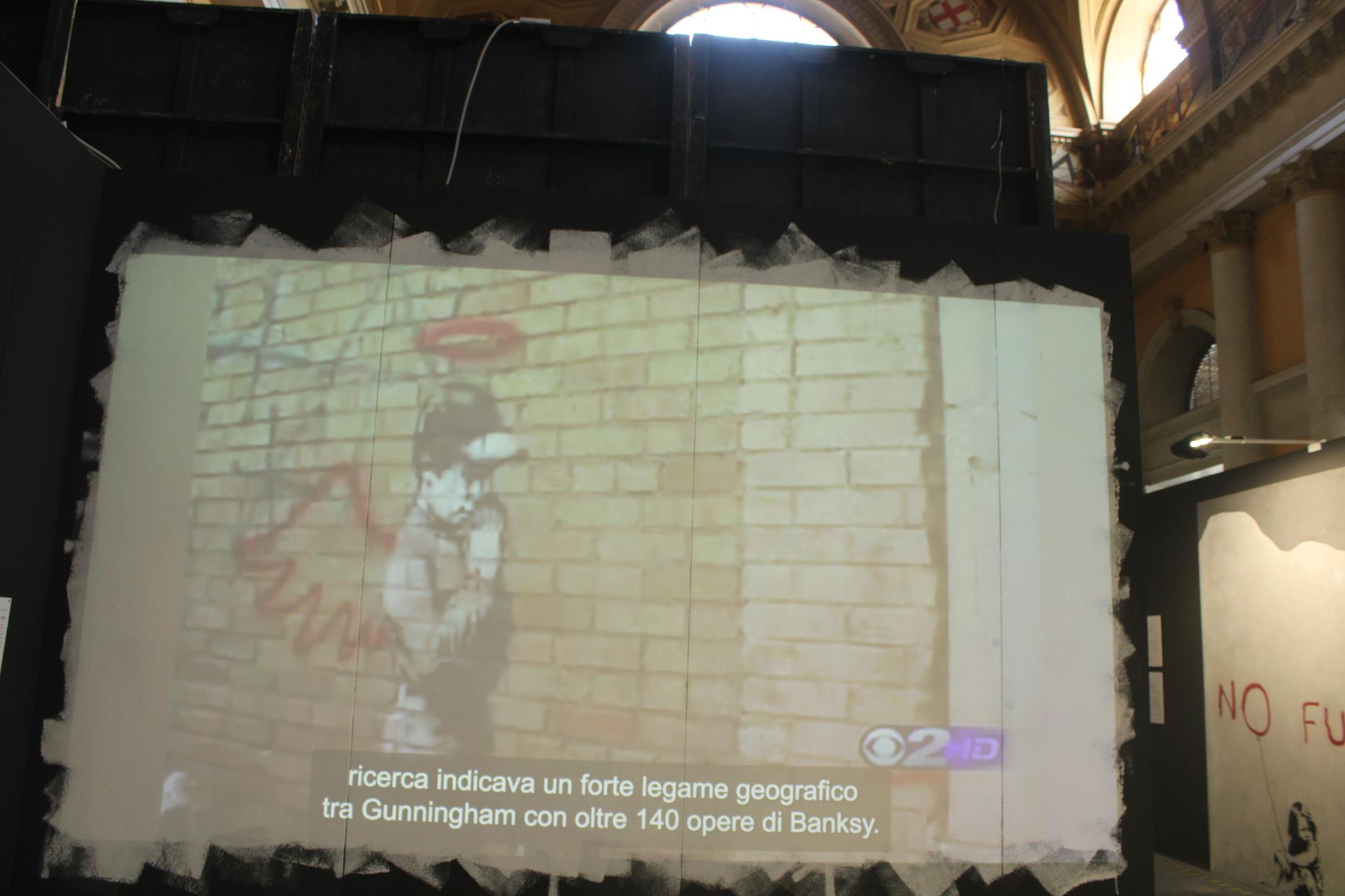
It appears that neither Gunningham nor Banksy have ever publicly commented on this particular theory — but unlike Del Naja, it seems neither of them has debunked it, either.

For now, though, Banksy’s true identity remains a mystery – just the way he wants it.

>>> Exhibition Main Page <<<
>>> Banksy Artworks <<<
>>> Short Movies <<<
>>> The Untold Truth Of Banksy <<<

INFOTHEK
![]() Artist: BANKSY
Artist: BANKSY
![]() Website: https://www.banksy.co.uk
Website: https://www.banksy.co.uk
![]() Instagram: https://www.instagram.com/banksy
Instagram: https://www.instagram.com/banksy
![]() Exhibition: THE WORLD OF BANKSY
Exhibition: THE WORLD OF BANKSY
![]() Website: https://theworldofbanksy.it
Website: https://theworldofbanksy.it
![]() Turin Subpage: https://theworldofbanksy.it/en/turin-practical-info
Turin Subpage: https://theworldofbanksy.it/en/turin-practical-info
![]() Facebook: https://www.facebook.com/theworldofbanksytorino
Facebook: https://www.facebook.com/theworldofbanksytorino
![]() Instagram: https://www.instagram.com/theworldofbanksytorino
Instagram: https://www.instagram.com/theworldofbanksytorino
![]() Magazine: GRUNGE
Magazine: GRUNGE
![]() Article: https://www.grunge.com/241915/the-untold-truth-of-banksy
Article: https://www.grunge.com/241915/the-untold-truth-of-banksy
![]() Website: https://www.grunge.com
Website: https://www.grunge.com
![]() Facebook: https://www.facebook.com/GrungeHQ
Facebook: https://www.facebook.com/GrungeHQ
![]() Instagram: https://www.instagram.com/GrungeHQ
Instagram: https://www.instagram.com/GrungeHQ
![]() Twitter: https://twitter.com/grungehq
Twitter: https://twitter.com/grungehq
![]() Youtube: https://www.youtube.com/c/GrungeHQ
Youtube: https://www.youtube.com/c/GrungeHQ
![]() Exhibition Main Page: https://vagabundler.com/italy/streetart-map-turin/world-of-banksy
Exhibition Main Page: https://vagabundler.com/italy/streetart-map-turin/world-of-banksy
![]() Photographer: LUIGI SAVOIA
Photographer: LUIGI SAVOIA
![]() Streetart: https://www.instagram.com/mcescherbach
Streetart: https://www.instagram.com/mcescherbach
![]() Design: https://www.instagram.com/mcescherbach_design
Design: https://www.instagram.com/mcescherbach_design
![]() Main Legend: https://www.instagram.com/explore/tags/mcebmainlegend
Main Legend: https://www.instagram.com/explore/tags/mcebmainlegend
![]() Interview: https://vagabundler.com/designer/luigi-savoia
Interview: https://vagabundler.com/designer/luigi-savoia

RECOMMENDABLE GRAFFITI SPOTS IN TURIN
>>> Maua Museum Gallery <<<
>>> Parco Dora <<<
>>> Teatro Colosseo <<<
>>> Toward 2030 <<<
>>> Borgo Campidoglio <<<
>>> Museo Egizio <<<
>>> Spazio Portici <<<
>>> Via Andrea Sansovino 48 <<<
>>> Corso Palermo 117 <<<
>>> Lungo Dora Siena 50d <<<
>>> Via Tommaso Salvini 9a <<<
>>> Via Quittengo 41 <<<
MORE ARTICLES ABOUT ITALY
>>> Nick Neim & Art of Sool <<<
>>> Urban Artist Mrfijodor <<<
>>> Designer Luigi Savoia <<<
>>> Murales di Orgosolo <<<
>>> Exhibition: Abracadabra <<<
>>> Venice – Venezia la Serenissima <<<
>>> Torino Cittá del Cinema <<<
>>> Exhibition: Streetart in Blu 3 <<<
>>> The Chamber @ Graphic Days <<<
>>> Exhibition: Photocall <<<
>>> Musei Reali – Martha Cooper <<<
>>> Florence – Firenze Toskana <<<
>>> Lago di Como <<<
>>> Bologna – University City <<<
>>> Streetart Bologna <<<
>>> Lago di Garda <<<



